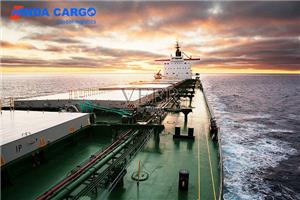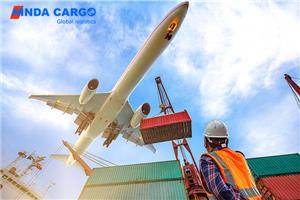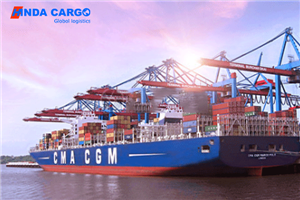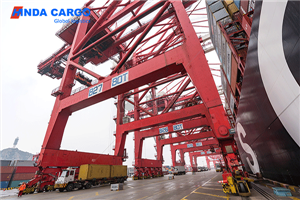What is the most used cargo transportation?
The development of global trade relies heavily on efficient means of transporting goods. In this challenging environment, different transportation modes provide businesses and consumers with diverse options. This article will explore the most common methods of transporting goods and provide an in-depth understanding of their advantages, disadvantages and scope of application. Next, we will explore cost control issues in cargo transportation, as well as innovation and technology in the modern logistics industry.
What is the most used cargo transportation?
Ocean freight is the most commonly used method of cargo transportation in global trade and is known as the lifeblood of global trade. It excels in transporting bulky cargo and may even be the only option for some cargo that cannot be transported by other means. Maritime transportation has the characteristics of large-scale transportation, wide application range, relatively slow speed, and environmental friendliness.
Let’s discuss in detail some of the main features of Ocean freight:
1. Large-scale transportation:
Ocean freight transports large quantities of goods via large cargo ships and is able to transport large quantities of goods at a relatively low cost. This makes Ocean freight extremely efficient in international trade.
2. Wide range of application:
Ocean freight is suitable for various types of cargo, including large, heavy, bulk and liquid cargo. For example, commodities such as oil, ore and grain are often transported by sea.
3. The speed is relatively slow:
While Ocean freight has an advantage in terms of cost, its speeds are generally slower. Therefore, for time-sensitive shipments, alternative shipping methods may need to be considered.
4. Environmentally friendly:
Ocean freight is often considered one of the most environmentally friendly methods of transporting goods due to its relatively low carbon emissions per ton of cargo.

How to control costs in cargo transportation?
Controlling costs in cargo transportation is an important aspect for companies to remain competitive. Here are some ways to control costs in freight transportation:
1. Choose the appropriate shipping method:
Choose the most suitable shipping method, such as sea, air or land, based on the type, weight and destination of the goods. Sea freight is usually the most economical option, but for time-sensitive shipments, air freight may be more suitable.
2. Optimize the supply chain:
Through reasonable supply chain planning and management, unnecessary transportation and storage costs can be reduced. Working with a reliable logistics partner can also help improve efficiency.
3. Multimodal transport:
Combining multiple modes of transport, such as sea and land or air and land, can optimize costs and efficiency.
Leverage technological innovation: The use of advanced logistics technology, such as the Internet of Things and big data analysis, can improve the transparency and efficiency of cargo transportation and reduce costs.
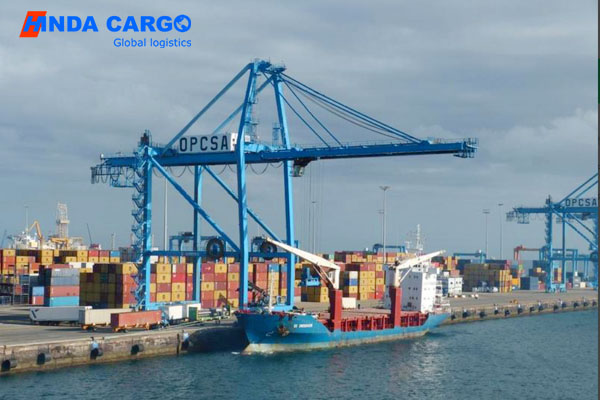
What innovations and technologies are available in the modern logistics industry?
Emerging innovations and technologies in the modern logistics industry are changing the way goods are transported. These innovations and technologies play an important role in increasing efficiency, reducing costs and improving customer experience.
1. Internet of Things:
IoT technology enables real-time tracking and monitoring by connecting goods, vehicles and equipment. This helps improve supply chain transparency and visibility.
2. Big data analysis:
Big data analytics can provide in-depth insights into logistics processes to optimize transportation routes and scheduling and reduce costs.
Automation and robotics: Automated warehousing and sorting systems, drone delivery and other technologies are changing the face of the logistics industry, improving efficiency and accuracy.
3. Blockchain technology:
Blockchain technology provides secure, transparent and traceable transaction records in supply chain management, helping to improve the reliability of the logistics process.
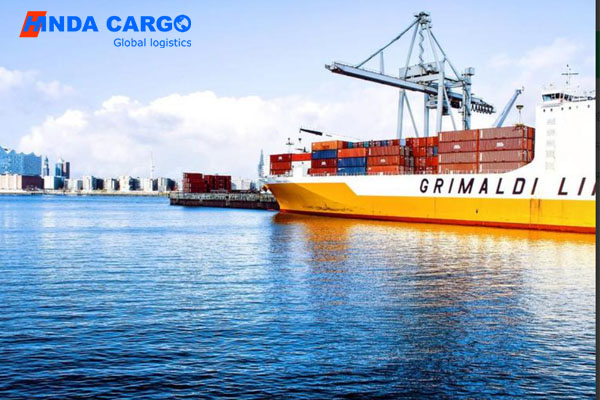
Summarize
As the most commonly used mode of transporting goods, shipping plays an important role in global trade. However, the modern logistics industry is facing various challenges, including cost control and efficiency improvement. By leveraging innovation and technology such as the Internet of Things, big data analytics, automation and blockchain technology, the logistics industry is constantly evolving to provide higher quality services to businesses and consumers. Facing the future, the logistics industry will continue to meet challenges through innovation and optimization of supply chains.

